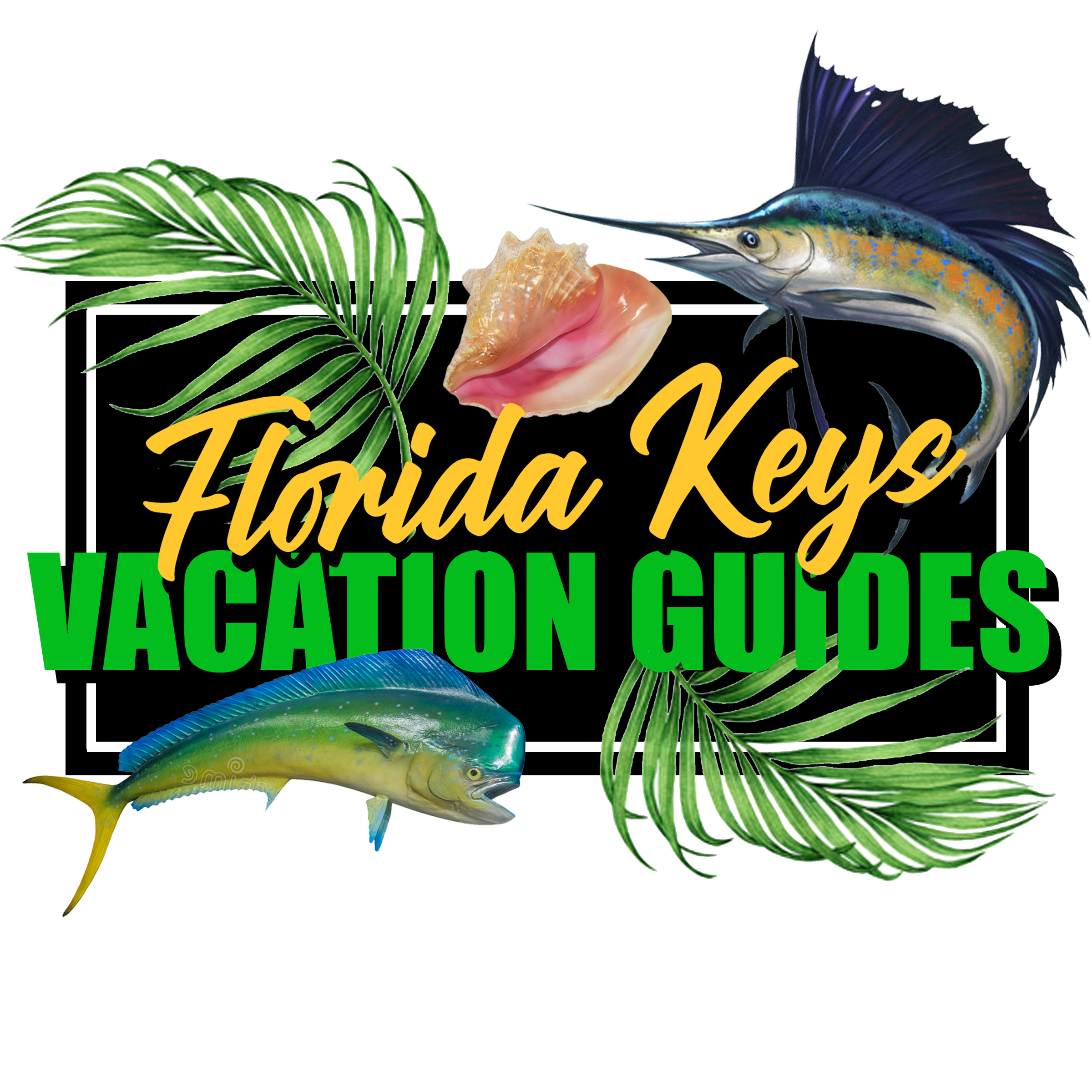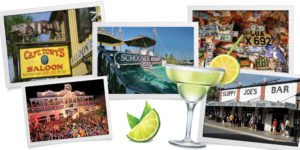The keys are surrounded by thousands of small mangrove islands. But are they really islands? That’s a complicated question. Mangroves are trees that take root in soft, silty, soil in brackish water in the tropics and subtropics. They are found in over 118 countries around the globe at certain latitudes.
Mangrove clusters are not technically islands…but they create them. They are a uniquely adapted species of tree that can grow in salt water by filtering salt through their complex root system. They are also hardy and flexible allowing them to withstand harsh coastal conditions including hurricanes.
When they take root they grow quickly and prolifically. As they grow they create a safe habitat for various species of marine life to escape predators and spawn.
Over time, silt and sand collect around the roots establishing what can be loosely translated as islands. The size and age of the mangroves determine the stability of the island. In recent years, developers have been purchasing these islands, speculating on their future potential.
These quasi-islands are currently only accessible by boat, and subsist completely off the grid with no access to fresh water or electricity. But with some ingenuity, a lot of added top-soil, generators, water filtration systems and cisterns they can and have become habitable.
The best example of this is located in the lower keys on Little Palm Island. Little Palm Island was recently recognized as one of the top 100 Hotels to visit by Travel & Leisure Magazine. Visit the website at www.littlepalmisland.com
As you venture off-island into the back-country and beyond, pull up to some of the more established mangrove clusters, check out the view, and imagine the possibilities…




